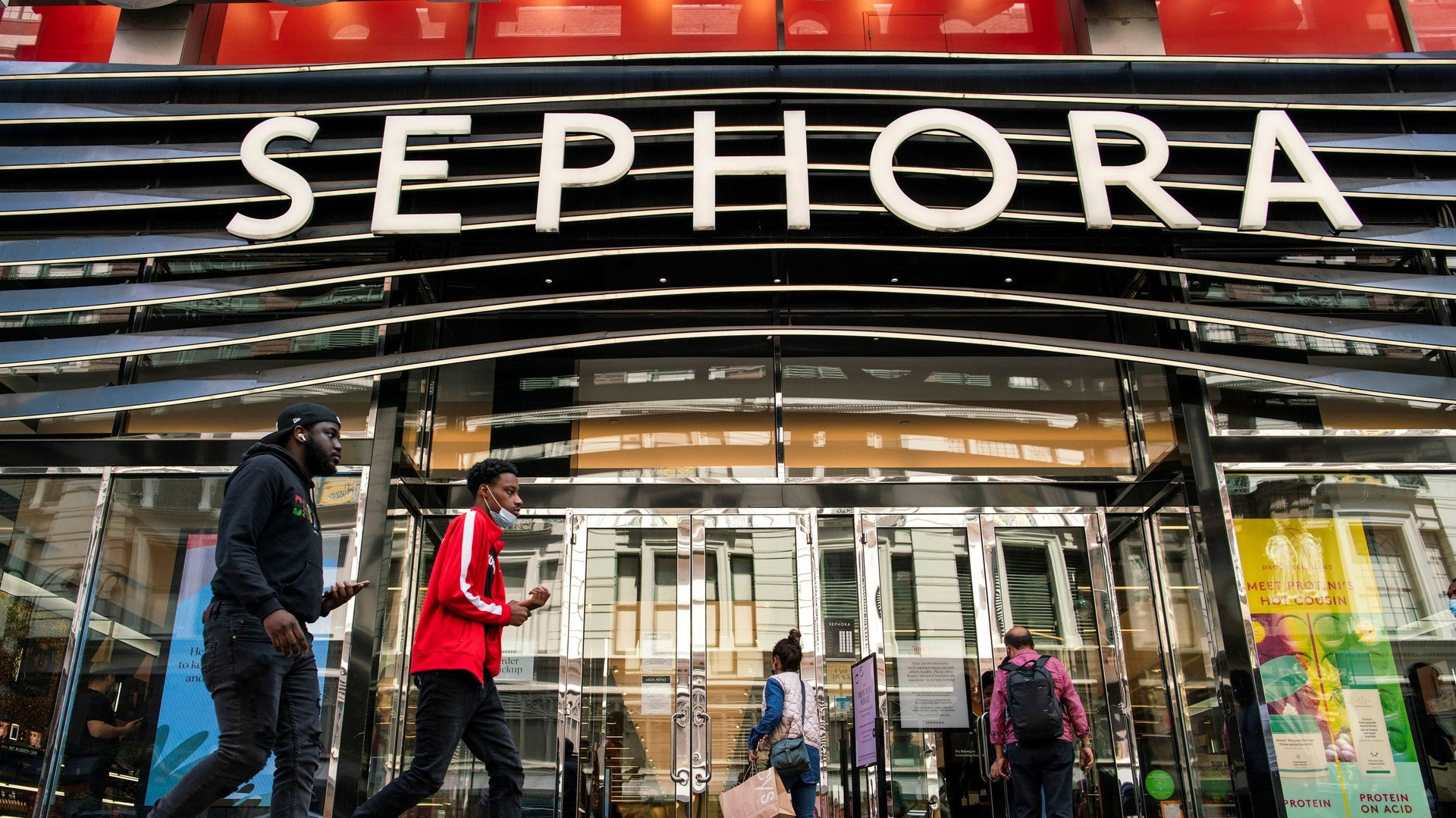Sephora is betting that social commerce will catch on in the US
Last June, Sephora took a big step on Instagram. Shortly after the photo-sharing app enabled companies to set up digital storefronts on its platform, Sephora debuted its Instagram shop. Its 20 million followers on the network could now find and buy its beauty products directly through the app, without having to switch over to the retailer’s site.


Last June, Sephora took a big step on Instagram. Shortly after the photo-sharing app enabled companies to set up digital storefronts on its platform, Sephora debuted its Instagram shop. Its 20 million followers on the network could now find and buy its beauty products directly through the app, without having to switch over to the retailer’s site.
What it has learned in almost a year since speaks to both the challenges and potential for social commerce in the US. “Every indication is that it’s going to be big,” said Carolyn Bojanowski, Sephora’s general manager of e-commerce. “[There’s] got to be a mindset shift, though, and that’s where we are right now.”
In theory, social commerce—where social media and e-commerce are fused in seamless interaction—could unlock a trove of sales for retailers. And it has in some places, notably China, where the social-commerce market is well-established and forecast to exceed $300 billion in annual sales soon.
But it has been slow to catch on in the US, where it is predicted to reach $36 billion this year across all social platforms, most notably Instagram, Pinterest, Facebook, Snapchat, and TikTok, according to eMarketer, an e-commerce research company. One explanation for why social commerce hasn’t taken off in the US is that internet users in the country still think of scrolling through social media and shopping for products as unrelated activities. Sephora thinks the boundaries between the two are ready to come down.
Sephora sees a future in social-shopping
In the US, digital media evolved with clear divisions between retail and social platforms. “There’s some overlap between those two, but they’re still two distinct entities,” Zia Daniell Wigder, senior vice president of content at Insider Intelligence, a research company focused on digital transformation, said during a May 26 event on livestream shopping cohosted by Alibaba. In China, by contrast, many apps have integrated payment systems, and shoppers are accustomed to performing activities from chatting with friends to banking in a single place.
The country’s shopping landscape, consequently, is often seen as what shopping in the US and Europe could be like someday. Deutsche Bank once estimated that e-commerce on Instagram would hit $10 billion in sales by this year.
“We think about social commerce all the time,” Bojanowski said. “We know from our partners in Sephora China and our partners in social commerce there as well that it’s such a big piece of just the whole consumer experience.”
For now, Sephora’s followers on US social media still frequent the company’s retail app or website to make their purchases, according to Bojanowski. But the company is working to get consumers comfortable shopping on social platforms. In addition to its Instagram store, Sephora—part of luxury conglomerate LVMH—has also leaned into livestreaming, partnering with Facebook on its new live shopping series. The pandemic has helped boost its online sales overall. Last year in the US, the share of beauty products sold online roughly doubled, reaching nearly half of all sales, Larissa Jensen, the beauty industry analyst at NPD Group, a research firm, told the Wall Street Journal.
Bojanowski wouldn’t provide any figures on how big Sephora believes its social commerce business could be, but she said social shopping is “one of those things that we know is coming, and we want to we want to be a pioneer there and be ready for that consumer.” A recent livestreamed event on Facebook generated what she called “phenomenal engagement,” driving many customers to seek out the featured products on Sephora’s e-commerce.
She sounded confident, however, that eventually they would just buy through the event directly. “These things are starting to blur, and it’s going to get to the point where there’s more adoption of shopping on Instagram, where you might have only thought of that as your place to scroll,” she said.